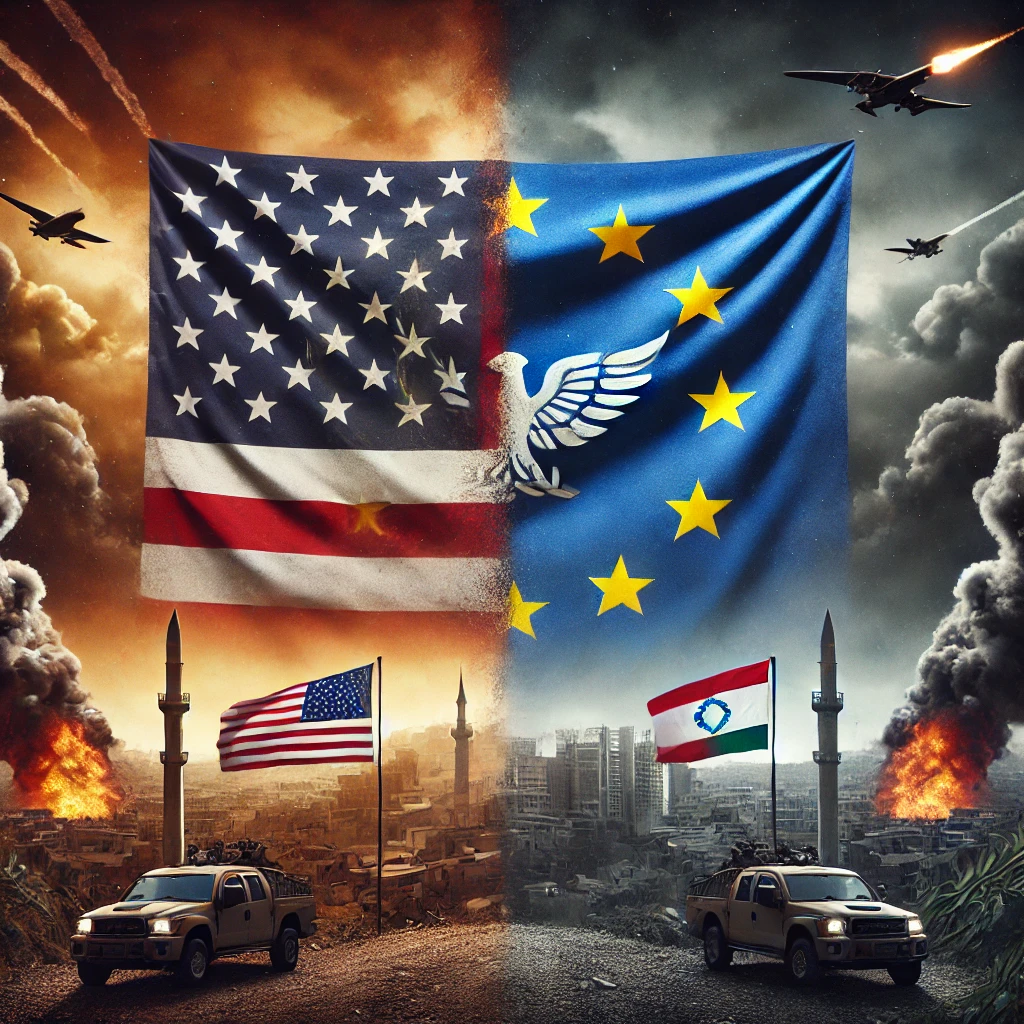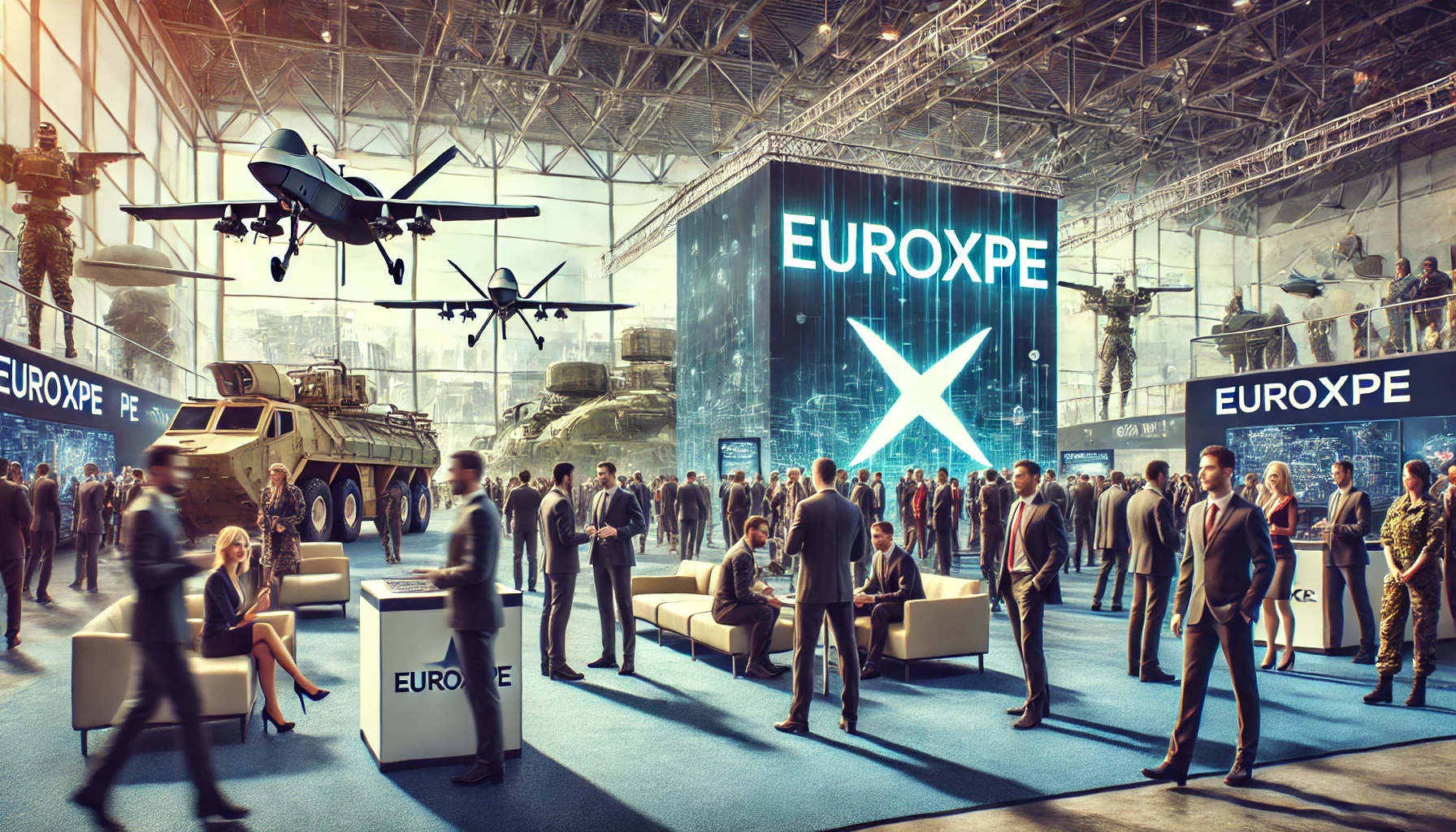In an era where global peace seems increasingly elusive, European nations are reassessing their military strategies. At the forefront is Sweden, with its conscription testing centres becoming pivotal in this militaristic resurgence. The emergence of these centres highlights a growing concern among European officials about bolstering their defences. This analysis, rooted in the findings from a Politico report, sheds light on the troubling dynamics of modern military conscription and the broader implications for European security.
At Tegeluddsvägen 29A in Stockholm, an inconspicuous office block is now a critical node in Sweden’s defence strategy. Here, alongside centres in Gothenburg and Malmö, 110,000 teenagers are screened annually. Approximately a quarter undergo further physical and mental examinations, with the best-suited third being conscripted for service, whether they wish to or not. This model aims to rebuild a Swedish military force that was significantly downsized post-Cold War, a strategy reversal necessitated by Russia’s annexation of Crimea a decade ago. The renewed threat from the east has compelled Sweden to rethink its defence mechanisms.
This Swedish conscription system has caught the attention of major European capitals, including Berlin, London, and Amsterdam. As these cities grapple with their own military deficiencies, Swedish Defence Minister Pål Jonson has underscored the essential role of conscription in recent speeches. Jonson’s assertion that “Conscription is a basic prerequisite for the armed forces’ continued growth” resonates deeply amidst the current geopolitical climate. The Swedish model, which has seen the number of conscripts double from 4,000 in 2017 to 8,000 in 2023, serves as a blueprint for other nations looking to revitalize their military forces.
Sweden’s shift towards compulsory military service has sent ripples through a society unaccustomed to war for over 200 years. The integration of conscription alongside Sweden’s NATO accession has required a significant mental adjustment for teenagers. Many, like Nils David Palmaeus, view it as a challenging yet enriching experience. Others, such as aspiring flight attendant Isabella van Leeuwen, see it as a hindrance to their career ambitions. This dichotomy reflects broader societal tensions about the role of military service in modern life.
The Swedish model has inspired other European nations to reconsider their conscription policies. Germany’s Defence Minister Boris Pistorius, after visiting the Stockholm centre, proposed a selective military service focusing on volunteers. Pistorius’s plan, currently under legislative review, aims to enlist 40,000 out of 400,000 18-year-olds annually for basic training. This selective approach signals a cautious yet strategic move towards strengthening military reserves. The Netherlands and the UK are also studying Sweden’s system, highlighting a continental shift towards reinvigorating national defence forces.
Sweden’s conscription process begins with a comprehensive questionnaire sent to all 18-year-olds, probing their health, education, personality, criminal record, and attitudes towards military service. Those who pass the initial screening face a series of rigorous tests at centres like Tegeluddsvägen 29A. The process includes mental aptitude exams, physical endurance tests, and detailed psychological evaluations. Successful candidates are then placed in various military roles, from infantry in the Arctic to technical positions within the navy.
The revival of conscription in Sweden, and its potential adoption in other European countries, underscores a troubling reality: the persistent threat of conflict and the necessity for nations to maintain a robust military presence. While conscription can provide a steady stream of personnel, it also raises ethical and societal questions about compulsory service and individual freedom. In a world where the pursuit of peace seems increasingly overshadowed by preparations for war, Europe’s renewed focus on military readiness serves as a stark reminder of the delicate balance between security and liberty.
The developments in Sweden are not just about military strategy but also about societal resilience and the preparedness to confront emerging threats. As Europe watches closely, the broader implications of these policies will undoubtedly shape the continent’s approach to defence and peace in the coming years. The question remains: Can a renewed focus on military strength coexist with the enduring hope for global peace?






